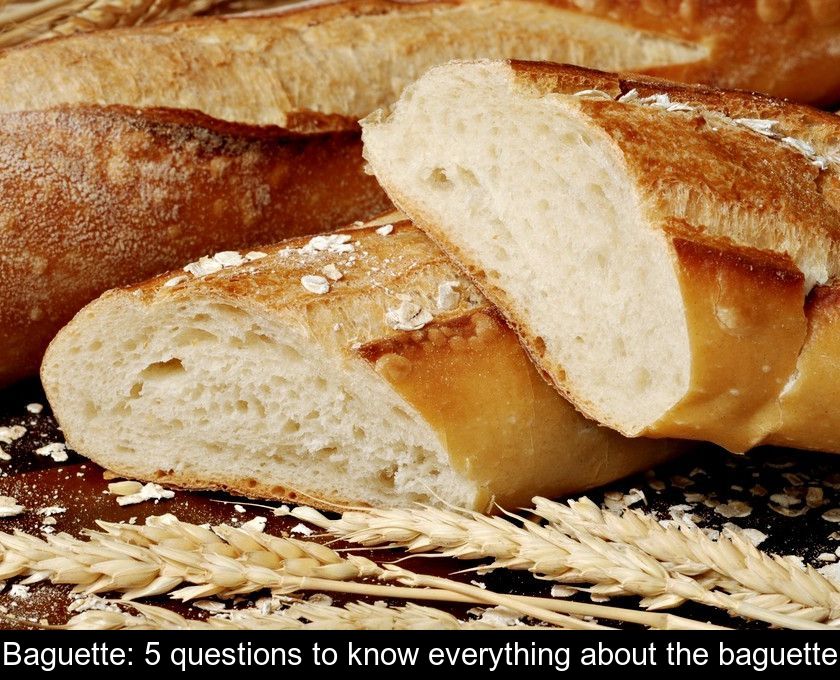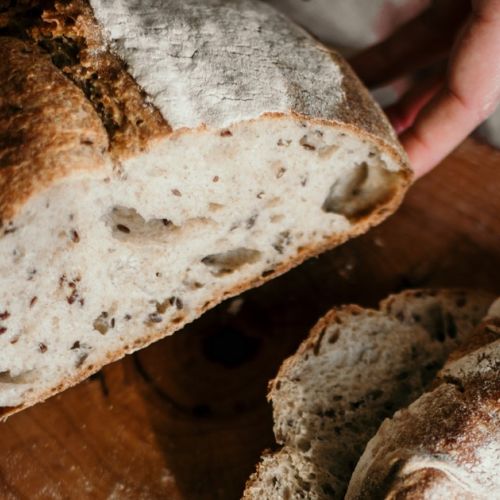Baguette: 5 Questions To Know Everything About The Baguette
Cock-a-doodle-doo! The emblematic French baguette has entered the intangible cultural heritage of humanity on November 30, 2022. On this occasion, we suggest you learn more about the baguette in 5 questions.
1- What is the origin of the baguette?
Several legends circulate about the origin of the baguette de pain. According to one of them, this typically French bread was invented in the early 19th century by Napoleon's bakers so that soldiers would have a loaf of bread that was easier to carry than a loaf.
According to another version, it was an Austrian baker named August Zang who introduced this peculiarly shaped bread to France in 1839.
A third legend says that the baguette was invented on the Paris metro construction sites in 1900. The master builders would have asked the bakers of the time to design a bread that could be broken by hand because carrying knives was too deadly during fights between the workers.
In reality, the French baguette was invented in the 20th century to meet the demand of city dwellers who preferred the crust to the crumb and no longer wanted large loaves weighing more than a kilo. They had bakeries near their homes and preferred to buy fresh bread every day.
2- What is the length of a bread stick?
A baguette of bread measures on average 65 cm. Although its thin, elongated shape may vary slightly from bakery to bakery, the French baguette is calibrated and should measure between 55 and 80 cm.
As a general rule, the baguette weighs 250 g, compared to 125 g for a string and 300 g for a traditional loaf.
3- What is the composition of a baguette of bread?
While an industrial baguette can contain up to 14 additives, the traditional French bread baguette must necessarily be made with only 4 ingredients:
- wheat flour
- water
- yeast or sourdough
- salt
Only three additives are allowed in the following maximum proportions: 2% bean flour, 0.5% soy flour and 0.3% wheat malt flour.
But one of the most important ingredients of a good baguette is not included in this list because it is the craftsman's skill!
4- What does the inscription to the intangible cultural heritage change?
UNESCO's inscription of the baguette of bread to the intangible cultural heritage of humanity should help preserve an endangered know-how. This highly symbolic decision indeed allows to highlight the know-how of artisan bakers.
Today, more than 6 billion baguettes are sold each year ,but not all of them are artisanal... This symbol of the French way of life is threatened by industrialization.
In 1970, France had 55,000 artisanal bakeries compared to 35,000 today. While artisanal bakeries disappear every year, it had become urgent to protect this national symbol.
The transmission of this know-how is a priority for the industry, especially since the consumption of baguettes is declining among the wealthy classes... Well-to-do city dwellers are returning to sourdough breads for their nutritional qualities.
5- How can I find out more about the baguette?
If this article has whetted your appetite and made you want to know more about the baguette de pain, you should know that our famous French bread has also made its entry into the Google virtual museum!
On Google Arts and Culture, you'll find more than 2,000 documents about the baguette's controversial origins, its characteristics and how to choose it.
You can explore this virtual gallery by clicking on the link below.





